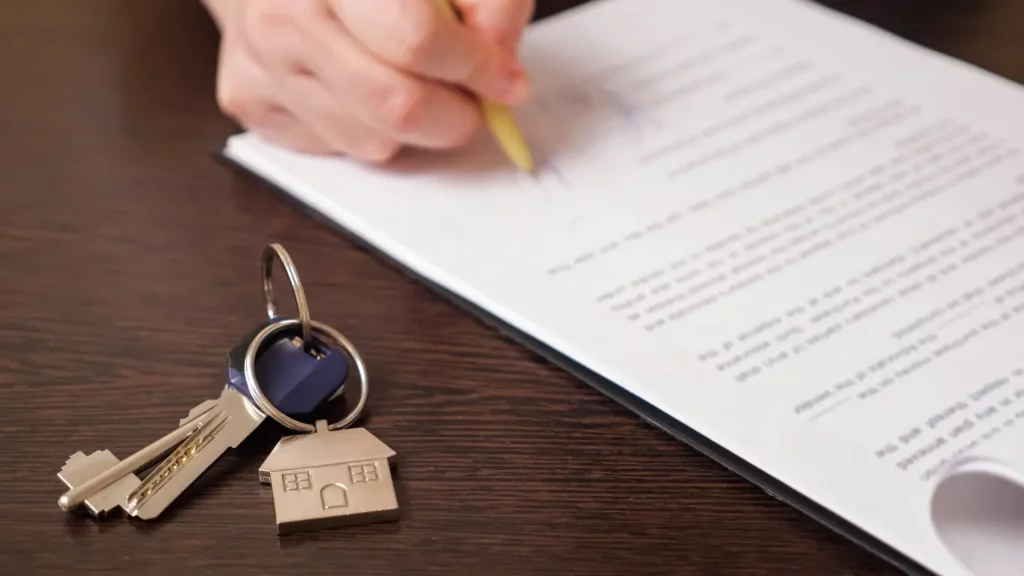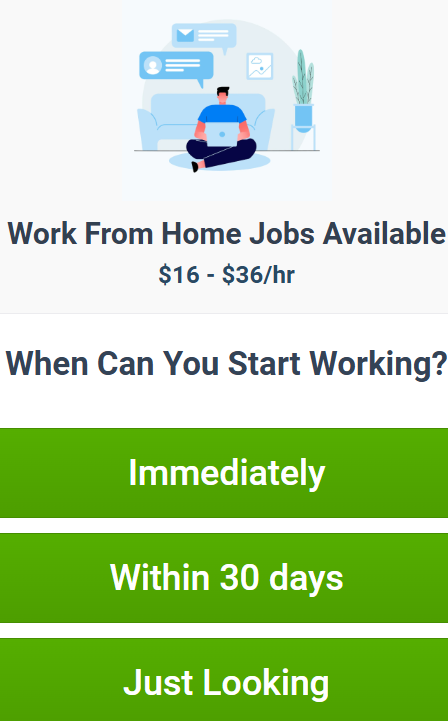Rent with the right to buy is a very interesting type of contract for tenants who, even though they lack the necessary income, want to buy a home in the medium-long term. But it also has some advantages for the homeowner, as we will see throughout this post where we give you all the information about the rent with right to buy option.

What is rent with the right to purchase?
Rent with the right to purchase consists of the tenant living in the home and paying the monthly payments to the owner, like a regular rental. However, after a time agreed upon with the owner, the tenant will have the right to buy the home and deduct all or part of the fees that he has paid for rent.
That is to say, for the tenant, it is a way to prevent their money from falling on deaf ears, that “living on rent is throwing money away”.
What peculiarities does the rental contract with an option to buy have?
This type of contract is somewhat more complex than a normal rental contract, since, in reality, it is a double contract: on the one hand, there is the rental contract and, on the other, the contract for the sale of the home.
The rental contract
The usual information must appear in the rental contract (rental price, payment terms, etc.), as well as the duration of the rental and the estimated period to exercise the right to purchase.
The purchase and sale contract
Regarding the purchase and sale contract, it must show the willingness of both parties to carry out this operation, indicating the sale price of the home, a fixed or variable percentage of the rental fees that will be deducted from the said price, and the premium that must be paid by the tenant interested in purchasing the home in the future (we will see this below).
Advantages and disadvantages of rent with the option to buy for the tenant
Advantages:
Savings when buying a home More than real savings, it is the “gradual payment of housing through rent. ” Indeed, the rental payments paid over the years are deducted, totally or partially, from the sale price of the home, making buying the home much easier from an economic point of view.
Ease of financing. This advantage is directly related to the previous one since banking entities welcome the fact that the tenant has already paid for part of the home through rental payments. Therefore, the tenant will have an easier time when applying for a mortgage to pay for the rest of the home.
Disadvantages
Price lock In reality, price locking is a double-edged sword, not only for the tenant but also for the owner. Price locking means that the purchase and sale price is initially defined in the contract and cannot be modified. In other words, if the housing market becomes more expensive, this will be a relief for the tenant, while, if it becomes cheaper, they will to purchase the home at the (higher) price originally agreed upon with the owner.
Premium payment for purchase option The purchase option premium works similarly to that of the rental deposit. This is an amount of money that the tenant must disburse to the owner of the home (it is not mandatory, but it is frequent), as a way of demonstrating that his intention to buy the home is serious. If the tenant finally does not buy, he will lose this premium (as happens with the deposit in deposit contracts ).
Advantages and disadvantages of rent to own for the owner
Advantages
Receive liquidity in advance. The payment of the initial premium allows the owner to have liquidity immediately, which, added to the monthly rental payments, represents income. Furthermore, it is important to know that, if the tenant finally does not buy, the owner will be able to keep not only the premium but also (and logically) all the fees paid for rental/purchase.
Fiscal benefits. The other great advantage for the owner is that he will enjoy certain tax benefits; Specifically, home insurance, community expenses, supplies, and other expenses that have to do with the maintenance of the property may be deducted.
Disadvantages
Price lock. As we said in the case of the tenant, price blocking also represents a disadvantage for the owner, with the difference that what is an advantage for the tenant is a disadvantage for the owner.
That is, if housing prices rise, the owner will not be able to sell at the current market price, but rather at the price initially agreed with the tenant. On the other hand, if prices fall, he will be able to sell at a higher price than the home would have under current market circumstances.
In this sense, finally, it must be clarified that the rental price can vary depending on the reference indices ( such as the maximum of 3% in 2024 ).
Gradual receipt of money. Another disadvantage of renting with an option to buy for the owner is that he does not receive at once the amount that he would receive if he sold directly, that is, without going through an option contract with the right to purchase. This disadvantage is especially important when the owner needs a lot of liquidity immediately (for example, to buy another home).
Premium taxation. The premium paid by the tenant becomes part of the personal income tax base, and this could increase the average tax rate. The only way to “escape” this is for the tenant to buy the home the same year the rental contract begins, but this is not common.
Impossibility of making the sale to another person Finally, it must be said that, while the contract with an option to purchase is in force, the owner cannot sell the home to a third party. He will not be able to rent or assign it either.
The truth is that, as happens in other real estate operations (for example, whether to sell or rent an apartment ), the decision to enter into a rental contract with an option to buy most of the time falls on the personal situation of each person, regardless of the advantages and disadvantages it has.













